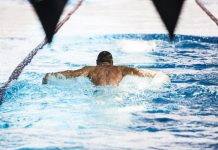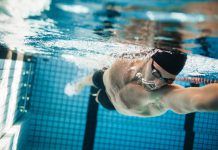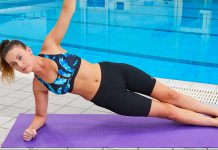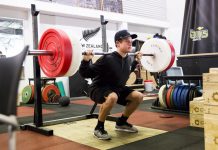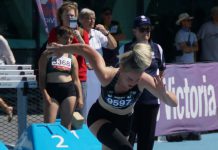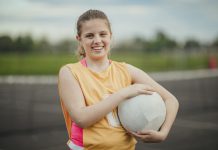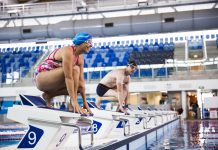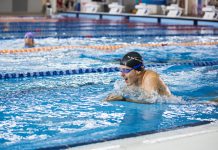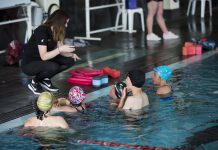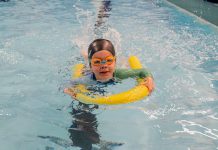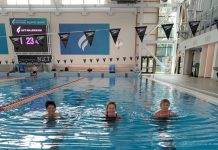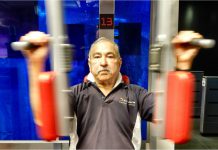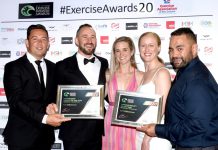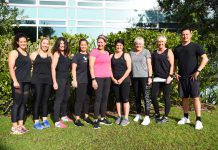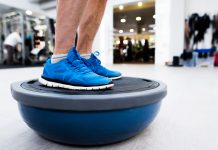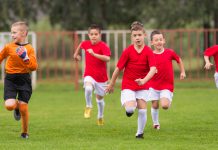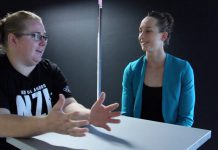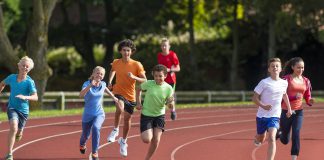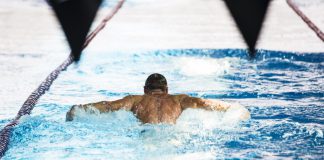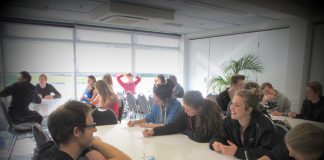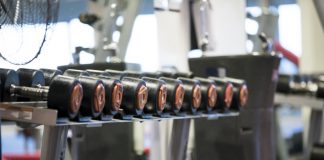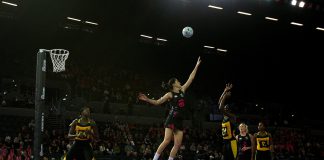Learning to swim can be difficult at the best of times, however, we often see people making it harder for themselves!
It is important that your child learns to swim smart rather that swim hard. Being relaxed in the water can often be overlooked, however this is probably one of the most important skills for your child to master.
Swimming with a relaxed stroke, rather than trying to muscle through the water, can have huge effects on your child’s technique and speed through the water. It has been discovered that swimming relaxed can lead to the stroke becoming more efficient. The more efficient your child is, the easier it will be for them to swim the lap, which will then lead to them being able to hold a speed for a longer period of time.
There are some simple ways to move through the water that can help your child become more efficient. Here are some tips that your child can try in their lessons to get their strokes more relaxed, and therefore, more efficient.
Counting strokes – This is a great way for your child to get their stroke smoother and more efficient.
Breath control – Controlling the breathing when their face is down, as well as when they take their breath. This can help your child to relax in the water, as controlled breathing helps to relax the body as they go to breathe.
Stretching at both ends of the stroke – particularly in freestyle, by making the stroke longer, and stretching it out in the water, your child is likely to find that they feel more relaxed in the water.
Utilising rotation – the use of rotation will help your child to get a long stroke, both in freestyle and backstroke.
Body position – Body position plays a key factor in smart swimming, as a slight lift in the head can lead to a bigger drop in the hips/legs.
Don’t fight the water – By using the water and grabbing as much as you can with each stroke, you will find that you are able to become more efficient and swim smarter, rather than trying to muscle the water.
Hopefully these tips will help your child to become relaxed and efficient in the water, and enjoy their swimming even more!
If there are any technique tips you’d like us to tackle, let us know by emailing [email protected]


